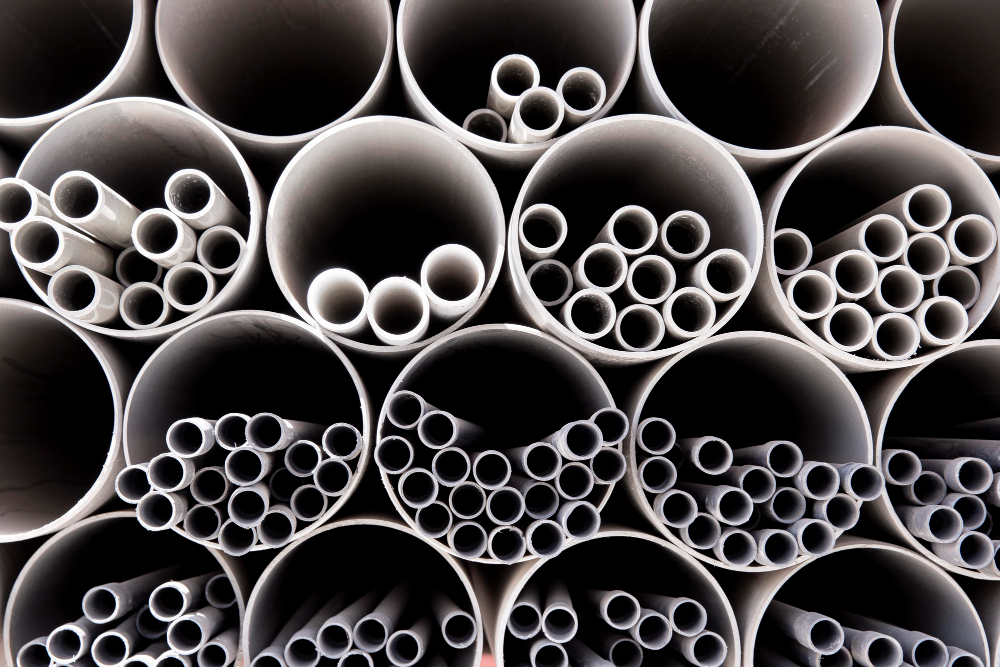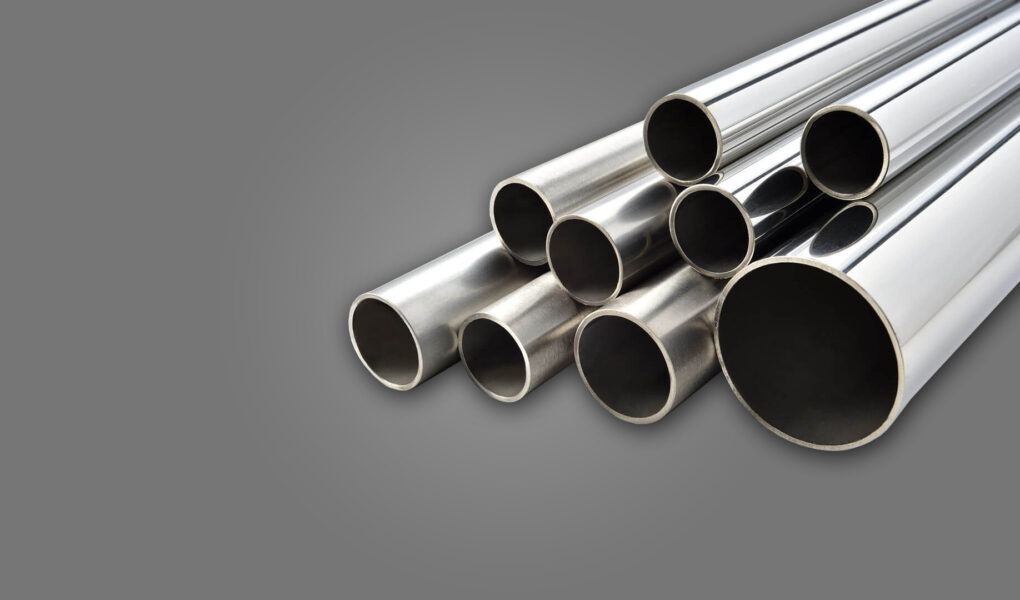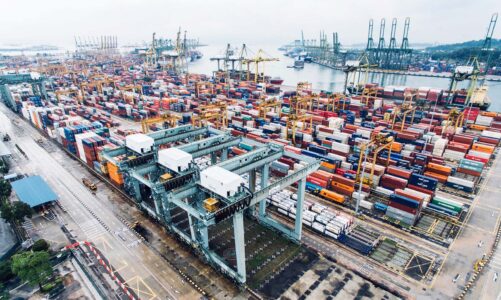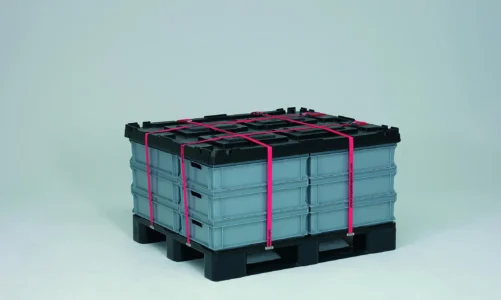This article provides an introduction to seamless pipes, their manufacturing processes, uses, and benefits. Seamless pipes are one of the most popular types of piping materials used in a variety of applications including industrial plumbing and construction projects.
The process of making seamless pipes involves heating metal billets until they become molten then forcing them through a die that shapes the material into the desired shape and size. This process ensures that no welding is required when creating the pipe which gives it maximum strength and durability for long-term use.
Seamless pipes have many advantages over other types of piping such as superior corrosion resistance, improved flow capacity, reduced maintenance costs, increased safety features, and more reliable seals. Additionally, these pipes can be found in various sizes to fit specific needs depending on the application or project requirements.
With all these benefits combined with its ease of installation and affordability make seamless pipe an ideal choice for any industry or homeowner looking for quality piping solutions.
Manufacturing Process of Seamless Pipes
The manufacturing process of seamless pipes involves a series of steps that aim to produce high-quality pipes. The steel used for the production is first melted in electric furnaces and then cast into billets by continuous casting machines.
These billets are then heated in reheating furnaces before being rolled into pipe shapes using mandrels and piercing mills which create hollow tubes. Once these hollow tubes have been created, they are further processed through cold drawing or extrusion processes that reduce their diameter and wall thicknesses while also improving their strength properties.
Finally, the formed pipes undergo several finishing processes such as annealing, pickling, straightening, testing, and inspection before they are ready to be shipped out to customers. In addition to providing consistent quality control throughout the entire process from start to finish, advanced technologies such as 3D imaging technology can help identify any potential flaws that may occur during manufacture quickly so that corrective action can be taken accordingly.
Uses of Seamless Pipes

Seamless pipes are widely used across a variety of industries due to their strength and reliability. They offer superior resistance to corrosion, have excellent pressure capacity, and can be tailored for specific applications.
Seamless pipes are generally manufactured by forcing metal through an extruder at high temperatures to shape it into a pipe. The uses of seamless pipes are numerous – they can be found in everything from automotive components to medical equipment.
In the automotive industry, they may be used for exhaust systems or fuel lines; while in manufacturing plants pipework is often made from seamless steel tubes due to its durability and ability to withstand higher pressures than welded alternatives. Seamless pipes also find use in oil refineries, petrochemical plants, power stations, chemical processing facilities, and other industrial sites where large amounts of fluids must travel through piping networks regularly.
In addition to increased longevity compared with traditional welded pipelines, seamless pipes provide greater safety thanks to fewer potential weak spots that could cause hazardous leaks or failures over time. Their uniformity also makes them easier and quicker to install as well as less prone to damage during transportation or installation processes when compared with other piping options such as welding joints which require additional time-consuming work steps before fitting onto site location points.
Finally, because there is no need for welding operations when using seamless pipe systems, the cost savings associated with production labor costs are considerable too.
Conclusion
Seamless pipes offer a range of advantages over welded pipes, including greater strength and durability, higher pressure ratings, and improved corrosion resistance. By understanding the manufacturing process and different uses of seamless pipes, you can ensure that they are the right fit for your application.
Seamless pipe is an ideal choice for industries such as automotive, oil & gas extraction, chemical processing, or general mechanical engineering applications due to its superior properties. Its versatility makes it suitable for many uses across multiple industries—making it one of the most versatile piping options available today.





